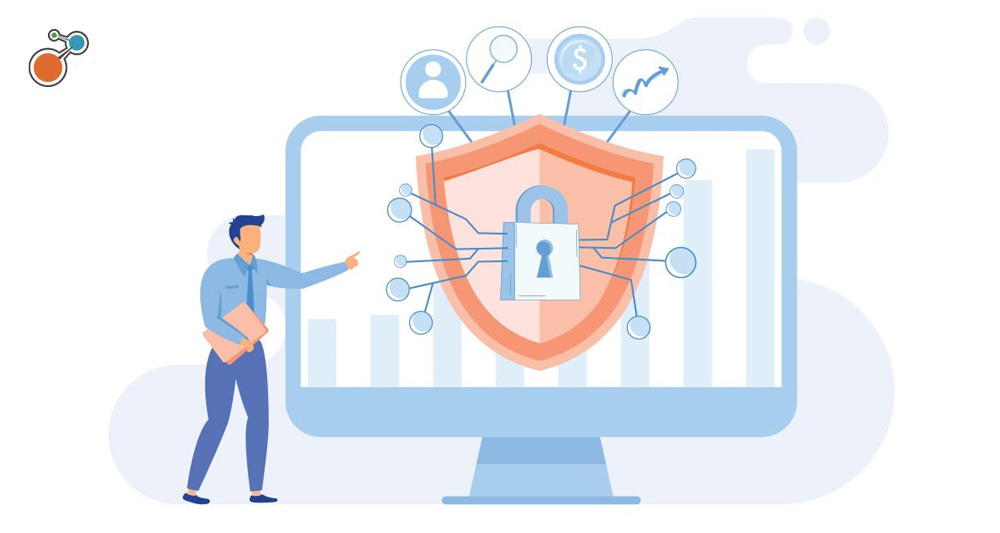Healthcare risk management is the process of identifying threats that could harm the organisation, its patients, staff, or anyone else within the facility.
What sets healthcare risk management apart from that function in other industries is that lives are literally at stake. Speed, accuracy, and efficiency – or lack thereof – in responding to risks can mean the difference between life and death for patients, staff, or visitors. While protecting the organisation’s bottom line is also important to preserve the organisation’s viability, nothing takes priority over preventing harm to people.
The Role of Healthcare Risk Management
Risk management cuts across a health system’s entire ecosystem, impacting everything from patient safety and compliance to operations, HR, and operating margins.
Risk managers in the healthcare industry are trained to identify, evaluate, and mitigate risks to patients, staff, and visitors. Insurance, claims management, event/incident management, patient safety, provider quality management, compliance, enterprise risk management, third-party risk management, and more all fall under the risk management umbrella.
While healthcare organisations have significantly reduced risk over the past decade by improving patient safety, quality, and care outcomes, risk management is becoming more complex than ever.
Costs are increasing as healthcare organisations incorporate new technologies like telehealth platforms. Complexity is increasing because of requirements such as new reimbursement and performance-evaluation initiatives. And risks like cybersecurity and privacy compliance continue to grow in number and magnitude.
The Role of Risk Management Technology in Healthcare
The key to a successful healthcare risk management programme is centralized and integrated risk management technology.
Many healthcare organisations, however, still use separate point solutions for patient safety, compliance, claims, patient experience, and so forth. These disconnected systems make it difficult to organize, report, or act in a timely and effective way. And a slow response can mean that other patients were harmed before a problem was fixed.
For instance, a hospital may report patient-safety events in one place and complaints from those same patients in a different place. If those incidents turn into claims, those are managed in a third place. When these point solutions can’t talk to each other, information must be manually aggregated, correlated, and analysed to get a consolidated view. That can add considerable time to the process, which delays response. And error-prone manual processes mean that important information can end up falling through the cracks.
That fragmented view won’t cut it going forward. Healthcare organisations require an integrated, real-time view of all risks across the organisation to make fast, accurate, and strategic decisions. Here’s a closer look at how technology can add value to risk management programmes in healthcare organisations:
1. Improves the quality of patient care.
Integrated technology breaks down silos and connects data for a single source of truth, accessible to all stakeholders. All patient-related data is in one place, where it can be easily shared, discussed, and analysed. You also have the unobstructed vision necessary to pick up on small warning signs before them become sentinel events for patients – and for the organisation.
2. Facilitates compliance.
It’s easier to stay in compliance with complex healthcare requirements for reimbursement, provider-quality evaluations, and more when you have software that consolidates all of your risks and information into one location, tracks each step of an action plan, and automatically follows up with the appropriate parties.
3. Establishes consistency.
Integrated technology breaks down information silos and creates a common approach to addressing all types of risk and adverse events. You can visualize risks and the interrelationships, analyse the data, and gain actionable insights to those who can make a difference.
4. Reduces the number of vendors.
A single, integrated software platform allows healthcare organisations to reduce the number of technology vendors – which is becoming an increasing priority because of concerns about security breaches and other third-party risks.
5. Elevates resilience.
Integrated technology identifies both the upside and downside of risk, which can help you better mitigate hazards and take advantage of opportunities in a changing marketplace.
6. Streamlines processes.
Integrated technology breaks down silos, eliminates duplicate efforts, and facilitates communication and collabouration across the organisation. It can help you get more done with fewer resources, better protect patients, and build a culture of safety – all at the same time.
What is risk management in healthcare? Above all, effective risk management at healthcare organisations is about protecting patients. It also protects the organisation by helping to ensure timely reimbursement, maintain accreditation, and enhance reputation.
The right technology is essential for effective healthcare risk management. An integrated risk management solution allows you to seamlessly manage all safety and risk management initiatives from one place. It improves the accuracy, speed, and actionability of data, while reducing your exposure to third-party risk.
Risk management is a critical function at healthcare organisations. With the right people, processes, and systems, healthcare organisations can become more proactive in manageing risk, which will help build resilience for future disruptions.
For more information on risk management in the healthcare industry, download our e-book Rx for Risk: ERM in the Healthcare Industry, or learn more about Riskonnect’s patient safety and risk management software for the healthcare industry.







